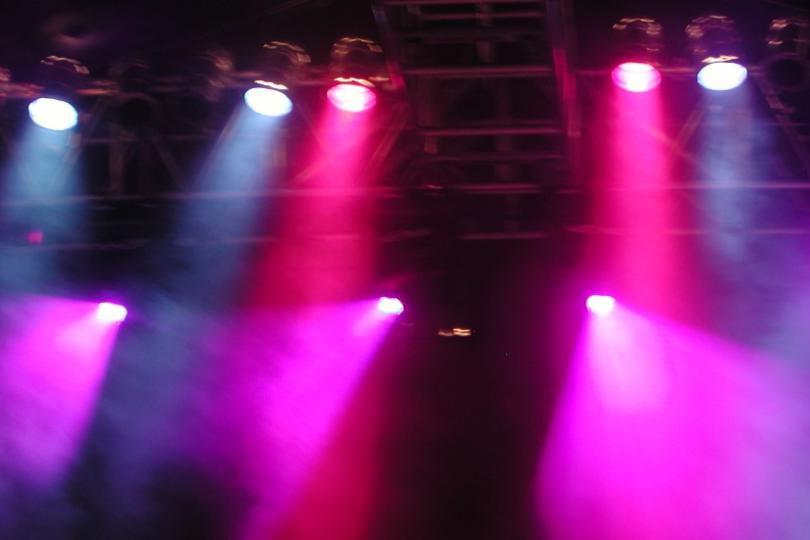Lighting designer thinking about playwrights
Editorial

As a lighting designer, when I read a play for the first time, I want the words to wash over me, to create an emotional response that I, as a visual artist, can tap into and explore. I’m not interested in concrete details such as time of day, lamps turning on or off, or rainy days. Those details come later. What I want to explore is the message the writer is trying to convey through his choice of words.
Theater is a collaborative art form and the relationship between director and designers is well known and recognized. What I feel is often taken for granted are the words themselves. Who writes these things and why? I have had a longstanding friendship with several playwrights and through them have developed a much richer understanding of their art. For without them there would be nothing for me to light. They are wordsmiths and what they put down on paper is precisely crafted for specific effect. To treat these words lightly does a disservice to their work. As I read, I look for the poetry and music in their words. A good play flows like an extended piece of music with natural ebbs and flows and a recognizable rhythmic structure. I want my lighting to follow that structure, to reinforce those emotional highs and lows.
A close friend of mine, a prominent writer, has told me that after working together on a number of productions, he can no longer write without thinking about the way the lighting will affect his work. He includes it in his thoughts. This is the discussion I want to have with the writer, the interlocking of ideas which play off each other and ultimately build to a crescendo which washes over the audience. This is not limited to lighting design of course. All the design elements need to combine in this way to create a greater whole. I have seen set designs which seem to give off physical vibrations of strength, power, and meaning by their simple existence, before the play even starts.
A number of years ago I was involved in a production of August Wilson’s The Piano Lesson, directed by Marion McClinton. During one of Doaker’s monologues we were able to pull down into an almost Shakespearean Soliloquy-like spot on him without the audience being consciously aware of it. The set design included a small window at the top of a stairway, above the lower landing that served as Doaker’s podium. With moonlight streaming through the window, we were able to, over the course of several minutes, bring the lights down everywhere else—culminating, through the power of August’s words, with the stark moonlight, the strong lines of the set, and the actor’s dramatic reading—and create a moment of sublime theatrical art. This was all motivated through the poetry of August’s writing and our willingness to give ourselves over to it. I heard several years later that August considered it one of the finest productions of that piece that he had ever seen.
Playwriting is not the same as writing a novel. The writer puts it out there for actors to perform, audiences to react to, and directors and designers to amplify. It is a living thing, and I’m very proud to be a part of it. I want the playwright to understand that I’m here in service to his or her words, not just to turn on the lamps, or create a spectacular sunset which has the audience oohing and aahing. It’s surprisingly easy to create spectacle these days; to create a piece of collaborative art is much harder. It all begins with the words.




